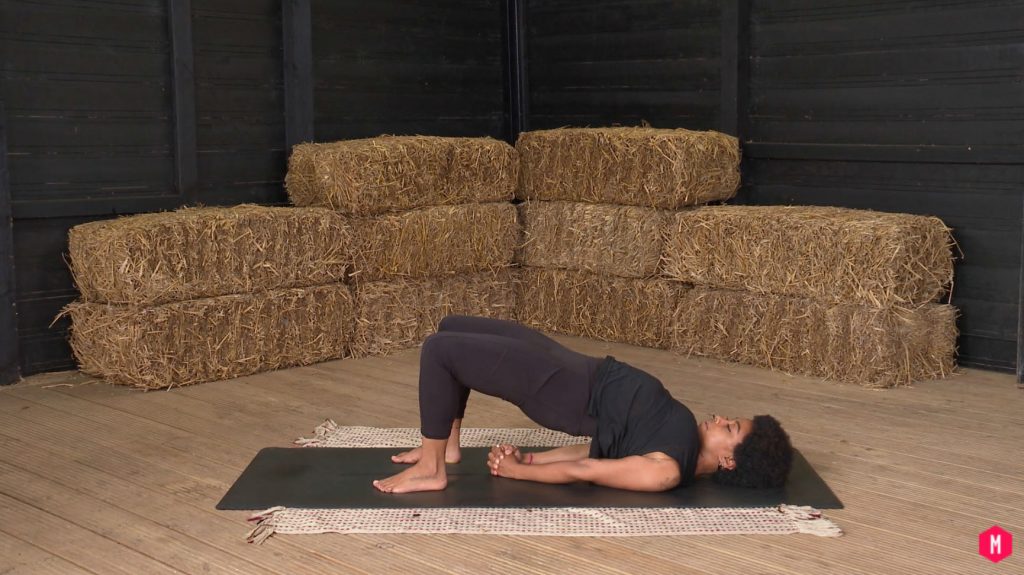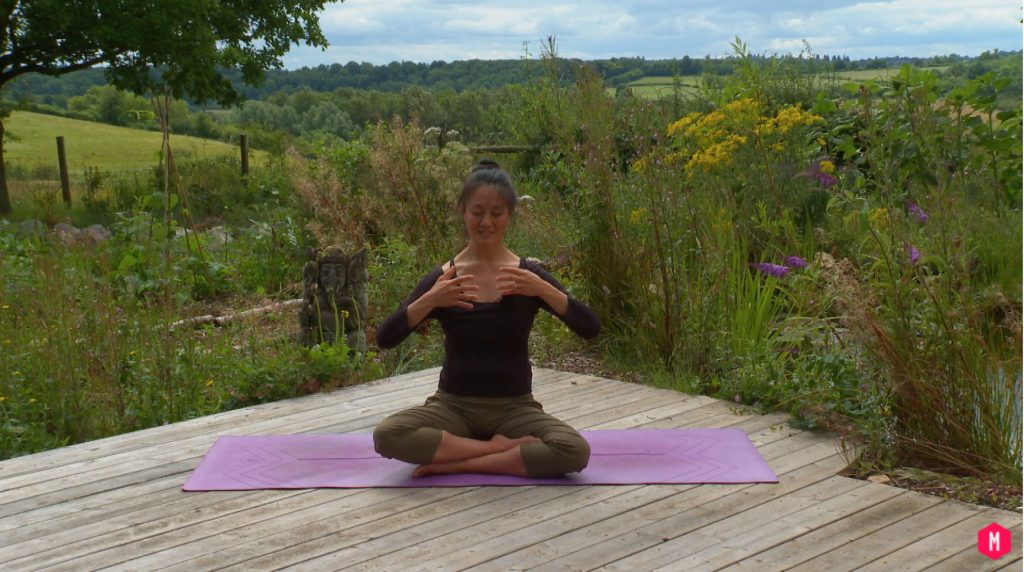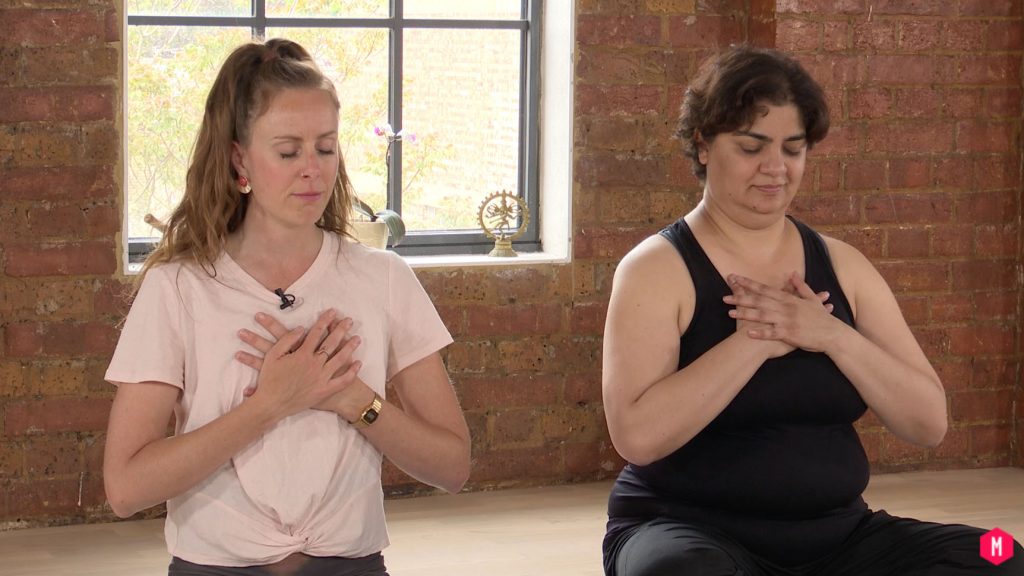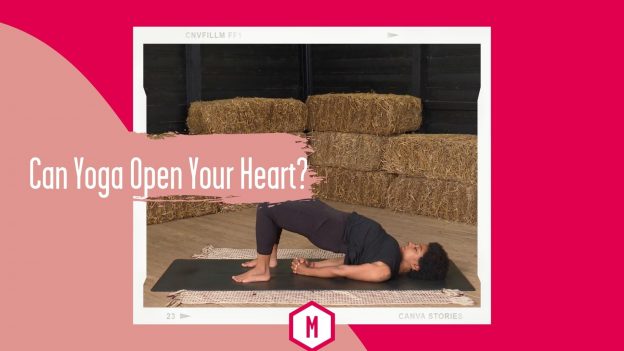
A simple google search on heart openers or heart opening throws up 52,500,000 results in under a minute. That’s a lot of claims for the powers of yoga asana to open your heart. But can yoga open your heart? And why would we want it to do so?
Open Your Heart
Do you want to Open Your Heart? Social Media was awash with posts on back-bends and heart-opening a couple of weeks ago on Valentine’s Day. It seemed we couldn’t get enough of heart-opening. And then, I got to thinking, what is heart-opening? Why would we want to open our hearts? What are we opening them to? And what effect does this have on us?
In yoga, back bends are known as heart openers. These poses ask us to stretch open and expand our chests and our front bodies and as much as they contract our back. Both heart opening and back bending serve as potent metaphors: we plead with others to ‘open their hearts and give’ or we speak of ‘bending over backwards’ for someone.
Get to Know your heart space
Gaining an understanding of the anatomy of the ‘heart space’ helps us to understand the physical impact of a back-bending practice but also to explore a deeper and fresher understanding of heart opening and re-imagining it for yourself.
The cylinder or barrel created by your ribs, the thoracic cavity houses your heart and lungs. This ‘armoured area’ is made up of 12 ribs to the left and right of the breastbone or sternum at the front and the spine at the back. The area is a mesh of muscles and the floor of the thoracic cavity is formed by the diaphragm which separates the ‘heart space’ from the digestive and reproductive organs. Every time you breath the diaphragm domes upwards and contacts the soft tissues, cartilage and ligaments holding the bones of the rib cage in place.
Our language can so often dictate the way in which we think about things and the thoracic area can evoke a sense of the heart being caged in within a rigid structure and yet, the muscles between the ribs; the cartilage between the vertebrae of the spine and between the three parts of the sternum and where each rib attaches onto the breastbone, the ligaments attaching bone to bone all allow the structure to move freely and not to become rigid. Our in-breath allows our ribs to extend but growing rigidity in this area can limit the way in which we move into backbends and also breathe freely.
A Breathing Practice
Gentle practices can allow us to feel more space in and around our heart space. Try lying over a rolled blanket to lift the chest to practice breathing. Place the roll crosswise under the mid back, where the ribs attach and rest the arms in an open position, with palms up. This position gently expands the front rib cage and upper abdomen with each inhalation. Keep the knees bent and place one to two inches of support under the head. Notice the effect within your rib cage. Keep practicing, it can take months to train the muscles.
Twists also invite an expansion in the ribs, allowing for a sense of a heart-opening. You could try a simple supine twist. Come to lie on one side (let’s say the right side, in the interests of clarity) bend your knees and draw them up to a 90 degree angle. Open out your left arm to the side. Notice the expansion in the side ribs. Now practice on the other side.
Bring greater sensitivity to your ribs with a simple side-bend. Sit in a cross legged position and plant your right palm a foot away from your right hip. Bend your elbow and come into a side bend. With your left hand rub up and down your ribs. Allow your hand to rest softly on the side ribs. Feel the warmth and kindness of your palm holding your ribs. Breathe into your hand. Practice this on the other side.
Heart-Expansion
Perhaps thinking about heart expansion is more helpful than talking about heart opening. By expanding our side ribs by using the breath, we bring greater mobility into the ribcage and facilitate a sense of expansion in our front body.
If you want to explore expanding your heart, why not try Ava’s Backbend Toolkit?

The Heart Centre
The heart space is physical but many traditions and cultures draw on the qualities of the heart as metaphors, symbols and inspiration for how we may want to live. The fourth ‘chakra’ or heart space is known as the Anahata chakra in sanskrit. The literal translation of anahata is unstruck, unhurt and unbeaten. Anahata Nad refers to the Vedic concept of unstruck sound (the sound of the celestial realm). Anahata is associated with balance, calmness, and serenity. The heart holds paradox and contradiction. It is the home of the ‘light within’; the soul, the spirit; lifeforce; the animating force imagined as a tiny flame within the Upanishads. It is here that we make decisions based on listening to our ‘higher self’; we learn to follow our heart.
In Buddhism, the four brahma-viharas explore the qualities of the heart and in Qigong, the heart is said to be the supreme sovereign of the body. The area we think of as the heart centre is known as the middle dantian and is linked to emotion.
Try this class from Mimi Kuo-Deemer to explore the simple practice of kindness and of nourishing the heart through the practice of bringing the hands to the heart.

Opening your Heart
It is perhaps too reductive to talk of opening your heart. We can learn to physically expand the heart space and emotionally to meet our hearts which may present us with contradictory emotions. Working with the heart can strengthen our resolve to meet what arises but the simple act of expanding our front body will not enable us to experience greater love or build our courage but may allow us to become more sensitive to what we are truly feeling or what we need.
Try this class with Lucy McCarthy to listen closely to our heart:






Leave a Reply